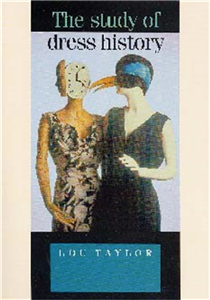The Glass Slipper Literary Agency
The Glass Slipper Literary Agency is a full-service literary agency that seeks to excavate, unearth and unveil stories that provoke, trigger, inflame, inspire and awaken, bringing diverse, marginalized and globally appealing voices to the world. We work with authors and publishers across the Americas, Europe, UK, and South Asia. We aim to change the face of the publishing industry by increasing diversity and evoking marginalized and underrepresented voices, including BIPOC, LGBTQIA, neurodivergent, and/or differently-abled authors. We proactively nurture writers across the world and take them through every stage of the roller-coaster that is intrinsic to getting published and/or having your work optioned for on-screen adaptation spanning films, TV shows, web series, and more. We believe in developing and furthering the careers of our authors, also helping them build a solid presence across all traditional and non-traditional media, worldwide. Beyond the contours of traditional representation to publishers, we brainstorm potential new projects, orchestrate all book rights for our clients, including translation, republication and entertainment rights, and actively pitch our authors and their works for slots in prime TV shows, print and electronic media outlets, including but not limited to, interviews, Q&As, book reviews and longer-form features on our writers and their works.
View Rights Portal































